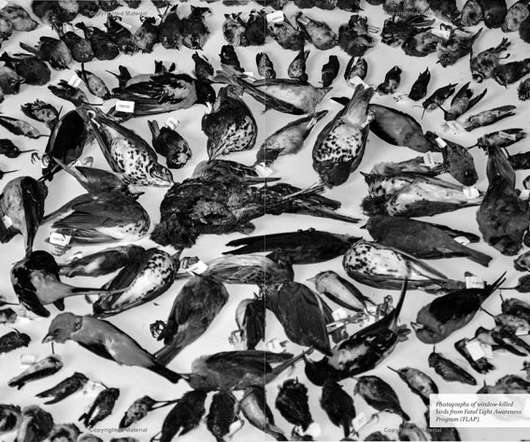Solid Air: Invisible Killer Saving Billions of Birds From Windows–A Book Review
10,000 Birds
JULY 5, 2022
More than concerned, he is dismayed and alarmed and has been since January 1974, when he first witnessed a Mourning Dove fly into a window and fall to the ground dead on the Southern Illinois University campus. “We have the ability to fix it, but we still need the collective will” (p. Did the model work?












Let's personalize your content